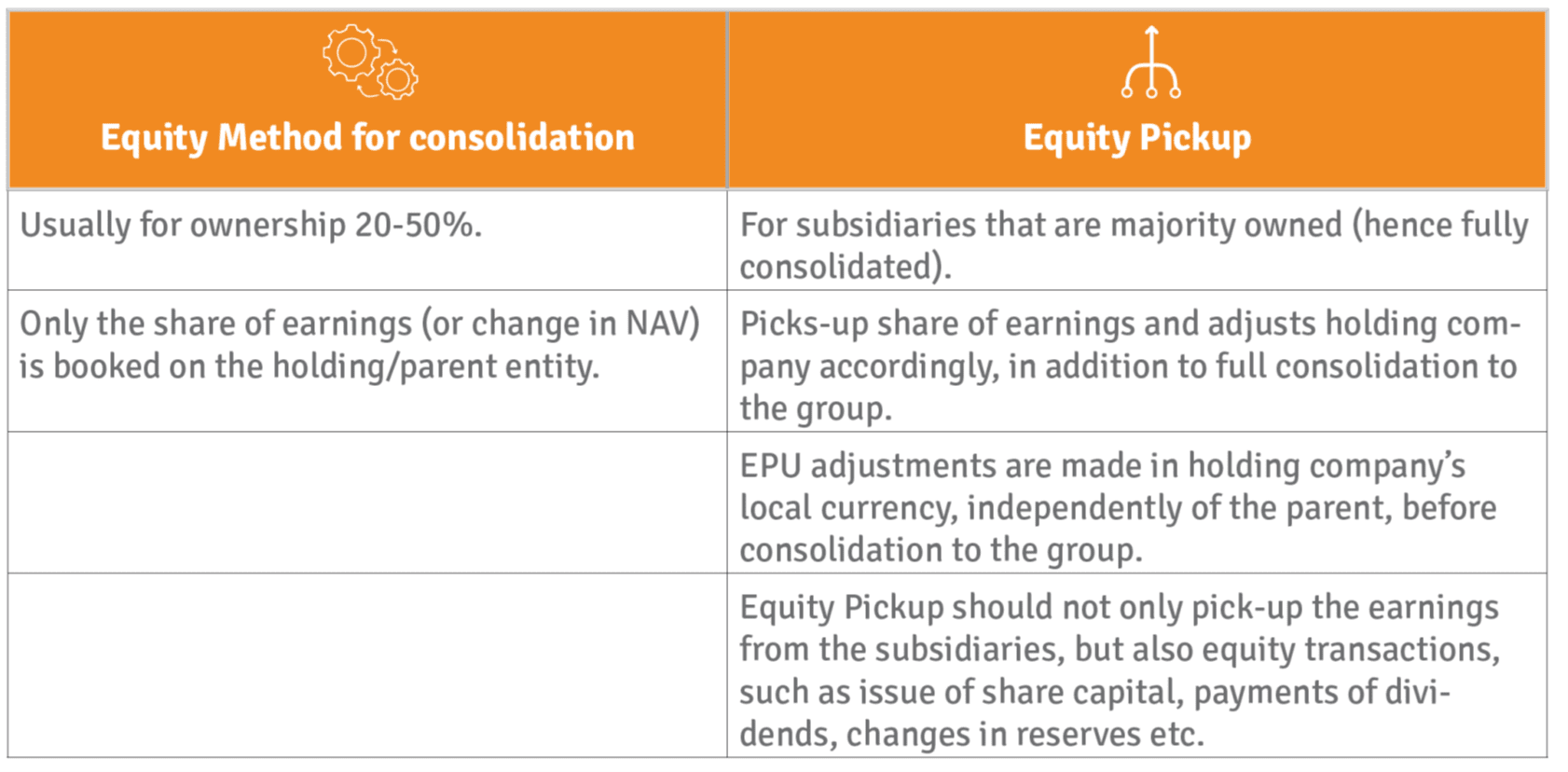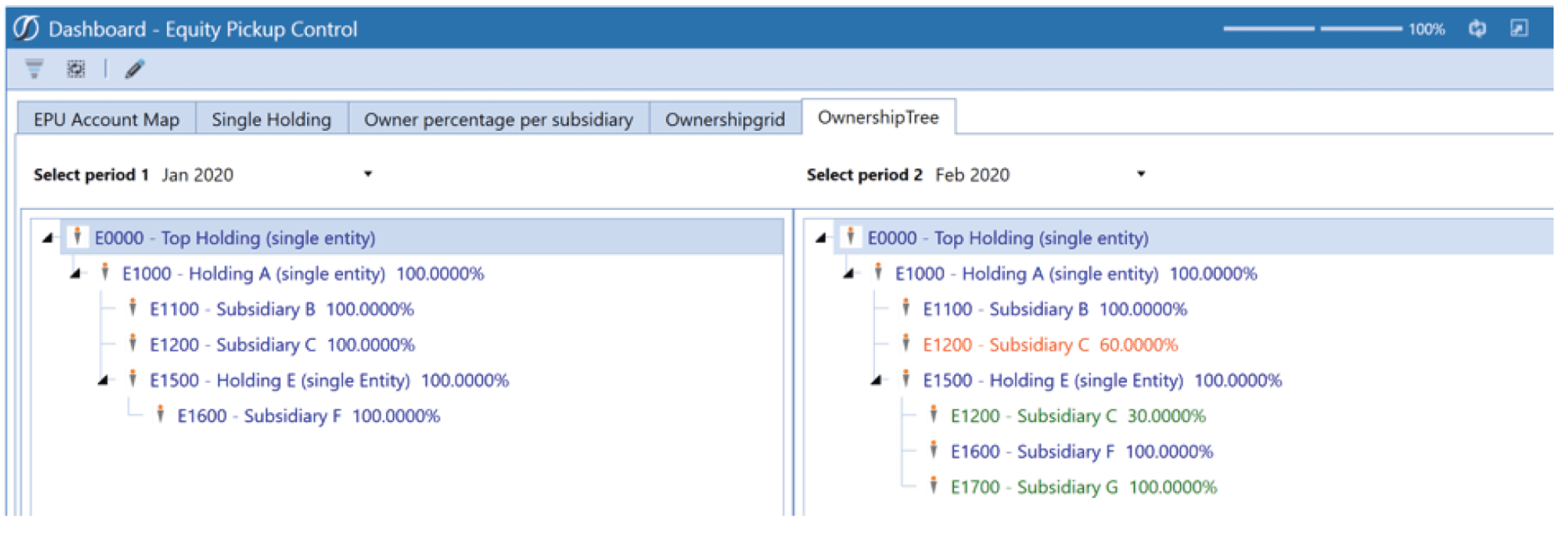In the world of accounting, and specifically when it comes to the consolidation of financial results for multiple companies that are owned by a parent company, the equity method of accounting is used to value a company’s investment in another company when it holds significant influence over the company it is investing in. There are no consolidation and elimination processes like in the consolidation method, instead the investor will report its share of the investee’s equity as an investment. The threshold for “significant influence” is commonly a 20-50% ownership.
Under the equity method, the investment is initially recorded at historical cost, and adjustments are made to the value based on the investor’s percentage ownership in net income, loss, and dividend payouts. However, in some countries, such as the Nordics and the Netherlands, there is a twist on this method. While the rest of the world often values their investments at cost, the Dutch and others have the habit of valuing their investments at equity. The remeasurement of the investment value in the investor’s financial statements to reflect equity changes of the investee is called Equity Pickup. Read on to learn more about the Equity Pickup approach and how we have solved the problem using OneStream’s Intelligent Finance Platform platform.
What is Equity Pickup?
Usually, holding companies will report the value of their investments at cost. However, the Dutch decided to do this differently. Statutory requirements demand a Dutch entity or group to report the current ‘Net Asset Value’ (NAV) of the investment. The process to pick up the equity value of investments instead of the cost price is called ”Equity Pickup’.

At least, all corporations with Dutch owners or a Dutch subgroup face this requirement. Equity Pickup has often been embedded in a cumbersome manual process though, as no software solution is prepared to support it. Until now! Using OneStream’s unified CPM Software platform we were able to eliminate this manual process. This resulted in a technique that can be implemented once, then integrates and automates Equity Pickup in the financial consolidation process with one click.
Equity Pickup Automation Until Now
What we have seen in working with clients is that many software solutions only pick up the retained earnings and losses from the subsidiaries. They don’t track any other changes in equity. This means you additionally have to post annual net asset value (NAV) journals so they can report a proper statement of changes in equity. The systems are not able to split out the required detail because they do not have such detailed information. The result, however, is still not very automated.
Fully integrated Equity Pickup
A complete implementation of Equity Pickup takes into consideration that the change in equity (of the subsidiaries) occurs not just because of earnings or losses but also from other genuine movements in equity, such as FX translations, dividend payments (which reduce the equity), issue of new share capital (which increase the equity) or revaluations.

OneStream’s unified solution enables you to fully integrate Equity Pickup as part of a one-click consolidation process. The way AMCO Solutions (formerly Agium EPM) implements Equity Pickup, also accommodates for sub-consolidation and multiple consolidation passes.
Learn More
To learn more about the solution, and how we deal with maintenance and dashboard possibilities related to Equity Pickup, read Agium EPM’s whitepaper titled “Equity Pickup: A View on Automation” or contact us.
Get Started With a Personal Demo



